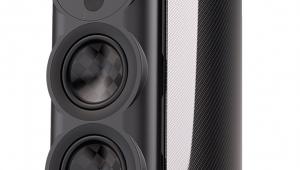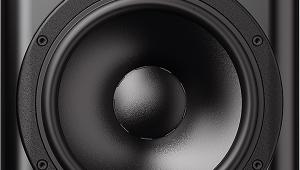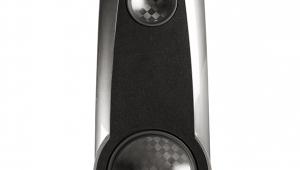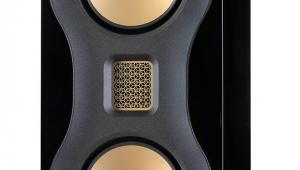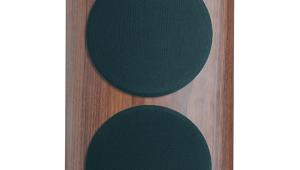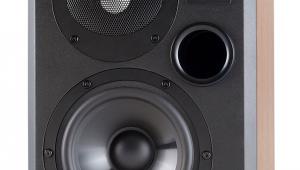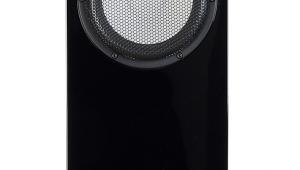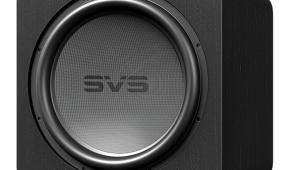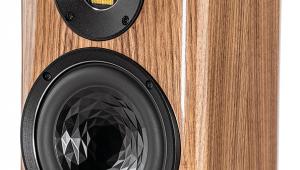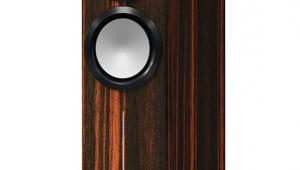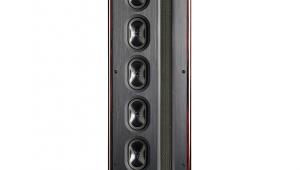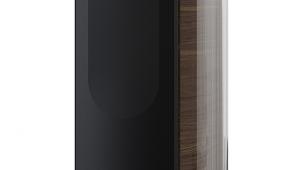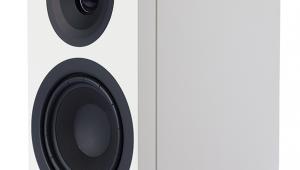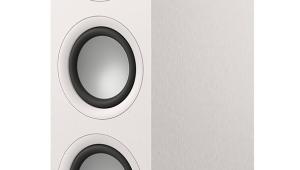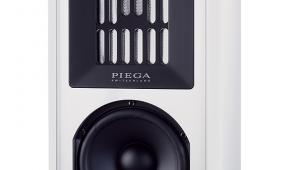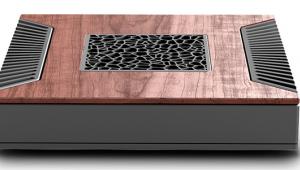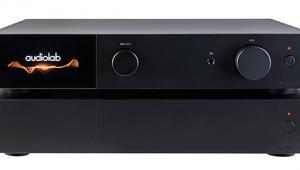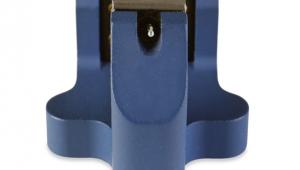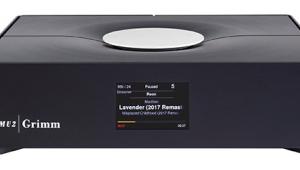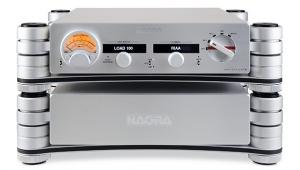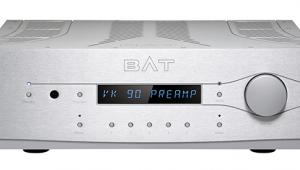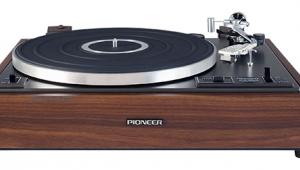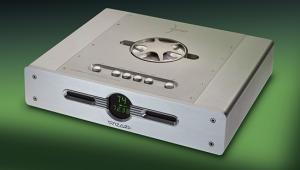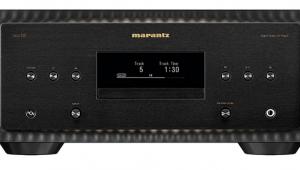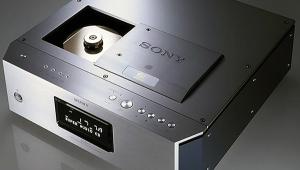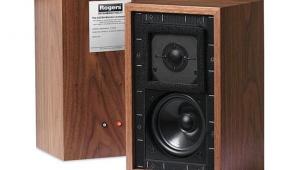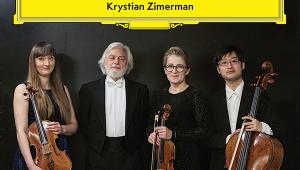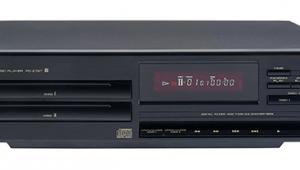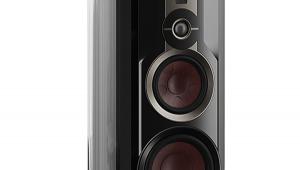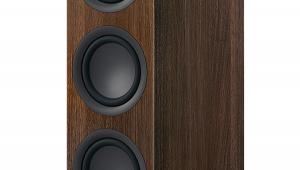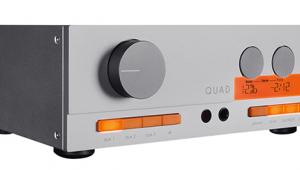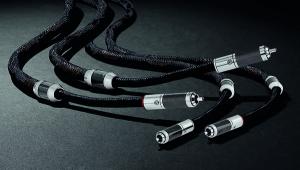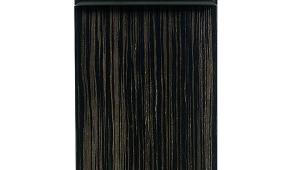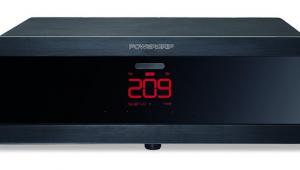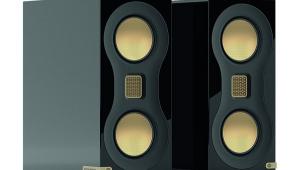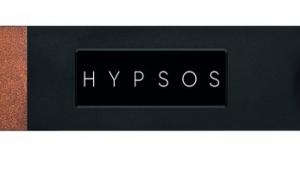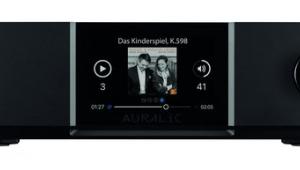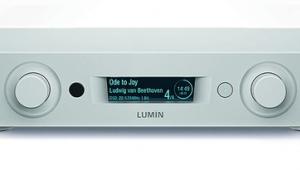System Audio Signature 5 standmount loudspeaker Pipe dreams
Ported, reflex-loaded speakers exploit the Helmholtz resonance to boost their low frequency output. It’s a tried-and-tested technique to improve both bass extension and sensitivity over what might be achieved with a sealed box, even if it’s traded for a steeper bass roll-off and poorer transient response. This bass resonance is a function of the mass of the air in the port tube and the volume of the air in the cabinet which acts as a ‘spring’, but designing a port tube for a low Helmholtz resonance is not simply about increasing its internal air mass. In practice, the resonance frequency of a cylindrical port is proportional to the square root of its cross-sectional area (A) divided by its length (L) – ie, √(A/L) – so wider ports need longer tubes to achieve the same Helmholtz resonance.
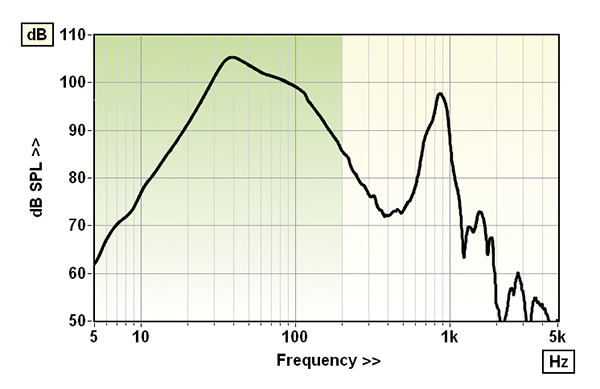
The Signature 5’s small cabinet will not accommodate a fat tube, so SA has opted for a narrow but long tube to achieve a low 38Hz resonance. Air velocity and turbulence increases as a result – which is why fat tubes are often preferred – while, at midrange frequencies, the tube takes on the properties of a pipe with a resonance of its own. The Graph shows the uncorrected nearfield output of the port with its desired Helmholtz resonance at 38Hz together with a prominent pipe mode at 860Hz. This mode is sufficiently strong that it punches through to the forward output of the speaker [see PM's Lab Report Graph 1] and is also clearly revealed on the CSD waterfall[see PM's Lab Report Graph 2]. If you like the high octane, vocal-forward sound of the Signature 5, this is probably why... PM

